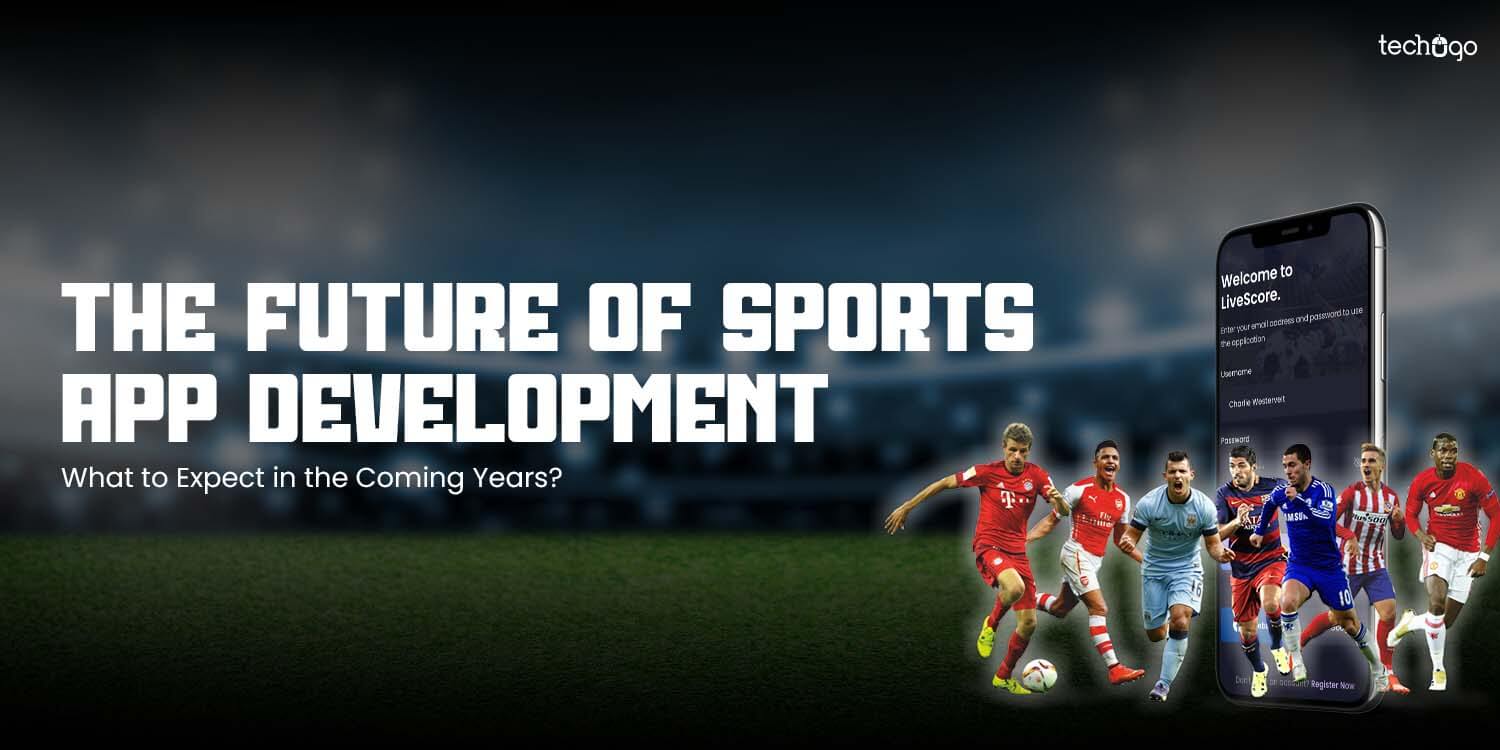The future of sports is an exciting and rapidly evolving landscape, shaped by technological advancements, shifting societal values, and the evolving needs of athletes and fans. Over the next 20 years, we can expect significant changes that will transform the way we play, watch, and engage with sports. In this article, we’ll explore the key developments that will shape the future of sports.
Technological Advancements
Technology will continue to revolutionize sports, enhancing performance, fan experience, and accessibility. Some key developments to expect include:
- Artificial intelligence: AI will become an integral part of sports analytics, strategy, and personalized coaching. It will help teams and athletes gain a competitive edge, improve performance, and reduce injuries.
- Virtual and augmented reality: VR and AR will enhance training, fan engagement, and the overall sports experience. Athletes will use VR to simulate games and practices, while fans will enjoy immersive experiences that bring them closer to the action.
- Biotechnology and genetic engineering: Advances in biotechnology and genetic engineering will improve athlete performance and injury prevention. Gene editing technologies like CRISPR will help prevent genetic disorders and enhance physical abilities.
- Wearable technology and analytics: Wearable devices and advanced analytics will provide real-time data on athlete performance, health, and well-being. This data will help coaches, trainers, and athletes optimize training, recovery, and competition strategies.
Sustainability and Environmental Awareness
The sports industry will prioritize sustainability, reducing its environmental footprint and promoting eco-friendly practices. Expect:
- Green stadiums and arenas: New venues will be designed with sustainability in mind, incorporating energy-efficient systems, renewable energy sources, and eco-friendly materials.
- Eco-friendly equipment and merchandise: Manufacturers will develop sustainable products, reducing waste and environmental impact.
- Carbon offsetting and sustainable transportation: Teams and leagues will prioritize carbon offsetting, sustainable transportation, and eco-friendly travel practices.
Social Justice and Inclusion
Sports will play a vital role in promoting social justice, diversity, and inclusion. Expect:
- Increased focus on mental health and athlete well-being: The sports industry will prioritize athlete mental health, providing resources and support systems to address the growing concern.
- Greater representation and opportunities for underrepresented groups: Leagues and teams will strive for greater diversity, equity, and inclusion, providing opportunities for athletes from diverse backgrounds.
- Social justice initiatives and activism: Athletes and teams will continue to use their platforms to raise awareness and drive change on social and political issues.
Globalization and International Competition
Sports will become even more global, with:
- Increased international competitions and leagues: Global events and leagues will continue to grow, fostering international competition and collaboration.
- Global fan bases and viewership: The rise of digital media and streaming platforms will expand global fan bases and viewership.
- Cross-cultural exchange and collaboration: The sports industry will promote cross-cultural understanding, exchange, and collaboration, breaking down cultural and linguistic barriers.
Advanced Player Safety and Health
Prioritizing athlete health and safety will lead to:
- Improved concussion protocols and injury prevention: Leagues and teams will develop advanced concussion protocols and injury prevention strategies.
- Advanced medical technology and treatment options: Medical advancements will enhance athlete care, providing cutting-edge treatment options and rehabilitation strategies.
- Enhanced player support and resources: Teams and leagues will provide comprehensive support systems, addressing athlete well-being and mental health.
The Future of Sports
The next 20 years will be a transformative period for sports, driven by technological innovation, social responsibility, and the pursuit of excellence. We can expect:
- Virtual and hybrid events: The rise of virtual and hybrid events will revolutionize the sports landscape, offering new revenue streams and fan engagement opportunities.
- Emerging sports and disciplines: New sports and disciplines like action sports, mind sports, and adaptive sports will gain recognition and popularity.
- Continued evolution and innovation: The sports industry will continue to evolve, driven by technological advancements, social justice, and the pursuit of excellence.
In conclusion, the future of sports holds much promise and excitement. As technology, sustainability, and social justice continue to shape the industry, we can expect a dynamic and inclusive sports landscape that inspires and unites people worldwide.
